Aluminum pipes and tubes are soft and ductile and their color resembles the color of silver. Due to its low density and lightweight along with decent corrosion resistance capability, aluminum pipe and tubes are preferred in many applications like healthcare, aerospace, recreation products, machine parts, automobile, and transportation hydraulic systems, solar power, refrigerators, and air conditioning systems, brakes, fuel lines, frames, etc. When exposed to a corrosive environment, aluminum forms a passive coating that stops further corrosion. Pure Aluminum is not used for industrial piping applications. Whatever aluminum pipe is commercially available is basically made from aluminum alloys combined with alloying elements like zinc, copper, manganese, magnesium, and silicon.
Aluminum Pipes & Tubes vs Steel Pipes and Tubes
Strength: Aluminum pipe and tubes have lower strength as compared to steel piping and tubing.
Both the yield strength and tensile strength of aluminum pipes are much lower compared to steel pipes. Roughly Steel pipes are 3 times stronger than aluminum pipes.
Density and Material Weight: For the same size and thickness, Aluminum pipes and tubes are lighter as compared to steel pipes. The density of aluminum pipes is lower than steel pipes.
Manufacturing: Aluminum Tubing & Piping are manufactured mainly by extrusion process by forcing a die whereas for steel piping extrusion process is mainly employed for small diameter pipes. Large-diameter steel pipes are usually welded. Aluminum pipes can also be made using spiral welding and the electric resistance welding process.
Alloys Used in Aluminum Pipes and Tubes
Common alloying additions with aluminum are magnesium, manganese, copper, zinc, and silicon. Each of these alloying elements adds different properties to the base metal. The aluminum alloy grades that are popular as pipe and tube are 2024, 3003, 6005, 6041, 6061, 5052, 6063, 6064, 6082, 6105, 6262, 6351, and 7075. ASTM B241/B241M governs the specification of Aluminum pipes and tubes.
Aluminum Pipe Codes and Standards
The piping system is designed following ASME B31.3. Various ASTM codes for aluminum pipe and tube specifications are:
- ASTM E155 (Aluminum casting),
- ASTM B210 (Seamless tubes),
- ASTM B241 (Seamless Pipe and Seamless extruded tubes),
- ASTM B345 (Seamless pipe and extruded tube for oil and gas transmission and distribution piping),
- ASTM B361 (Aluminum and Aluminum alloy welded fittings),
- ASTM B247 (Aluminum fittings),
- ASTM B491 (Extruded round tubes for general-purpose applications),
- ASTM B547 (Formed and arc welded round pipe and tube)
Aluminum Pipe Sizes
A wide range of Aluminum pipe and tube sizes are available. Commercially available common aluminum pipe size ranges are 1/8″ to 12″. However, custom sizes can easily be manufactured based on requirements.
Common aluminum tube sizes range from 1/16″ to 3″
Aluminum tubes are usually used for their lightweight, thermal and electrical conductivity, and corrosion resistance. Alloy grades 7075, 6061, and 2024 are used inside aircraft assemblies as they have a high strength-to-weight ratio and good fatigue resistance.
Applications requiring more strength and corrosion resistance use Alloy 3003. When multiple welded joints are expected, a highly weldable 5052 can be a good choice.
Proper heat treatment is very important for aluminum alloy pipes and tubes as the characteristics of the alloy are determined by the heat treatment.
Parameters for Choosing Aluminum Tubing & Piping
The selection of Aluminum tubing and piping depends on various factors. Some of them are:
The shape of Aluminum Tubing & Piping
Even though circular pipes and tubes are common and widely used, aluminum tubes are available in various other shapes like rectangular, oval, square, or custom shapes. However, other shapes are costly as compared to regular round shapes.
Process parameters
The selection of every metal pipe and tube is governed by various process parameters as mentioned below:
- Pressure Rating– this indicates the maximum or minimum pressure the pipe and tubing can withstand. Depending on the pressure the pipe thickness also varies.
- Minimum Bend Radius Rating– this informs the amount of deformation a tubing’s cross-sectional area can go through.
- Maximum Vacuum Pressure– If the aluminum pipe or tube will be subjected to vacuum pressure.
- Temperature Range– The complete range of temperatures (Maximum and Minimum) that the fluid and material will experience.
Characteristic Features of Aluminum Tubing & Piping
Important characteristics that are usually required for aluminum pipes and tubes are:
- Finned or Fluted– Aluminum tubes with fins or flutes can easily dissipate heat. For air conditioners, refrigeration, and heat exchanger applications finned tubes are required.
- Serializability– Aluminum tubes in certain applications need sterilization using gamma irradiation, dry heat chemical, disinfection, and autoclaving.
- Coiled or Spiral– Aluminum tubes must be flexible enough for running in a wrapped reel spring or format.
- Multi-Layered– Multilayered tubes are more robust and durable.
Finish of the Aluminum Tubing & Piping
Aluminum pipes and tubes are finished and coated with a definite type of finish, like:
- Galvanized– A zinc layer is added for additional corrosion resistance.
- Bright Finish– Mirror-polished surfaces are created to have a shiny look.
- Plated– Thin layer of another metal is deposited to improve its corrosion resistance and conductivity.
- Painted– Pipes and tubes are painted to increase corrosion resistance or for identification purposes.
Aluminum Pipe Fittings and Components
Aluminum pipe fittings connect with aluminum pipe to create secure, leak-free connections. Similar to steel pipes, aluminum pipe fittings are also required for any directional changes or size changes, or branch connections. Almost all variants of aluminum pipe fittings are available similar to steel pipe fittings. They are produced either by casting or forging and usually have threaded, welded, or flanged end connections. Common aluminum pipe fittings and components are:
- Elbow; 900, 450, 1800, Reducing elbow
- Tee Connection, Equal Tee, and Reducing tee
- Bushing, Hex bushing, Cap, Square head plug
- Coupling, Half coupling, Reducing coupling
- Cross, Y-connection
- Locknut
- Flanges
- Union, etc
Advantages of Aluminum Pipes and Tubes
The main benefits that make aluminum pipes and tubes attractive in various applications are:
- Easy formability.
- Lightweight
- Good Strength.
- Good strength-to-weight ratio.
- Durability.
- Recyclability.
- Decent Corrosion Resistance.

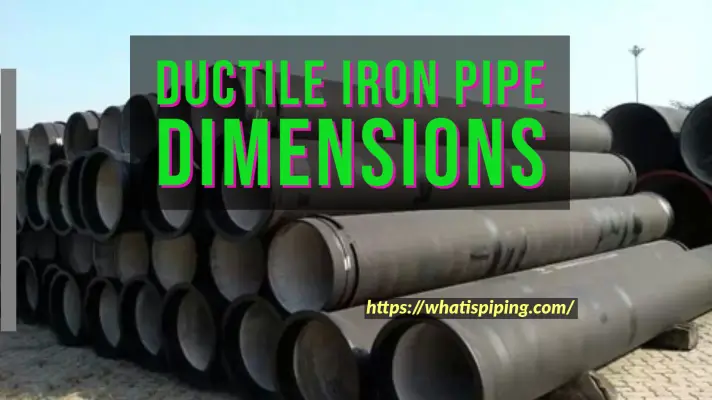


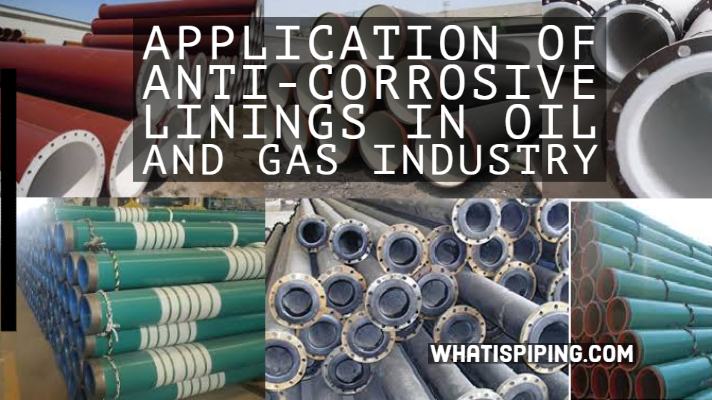

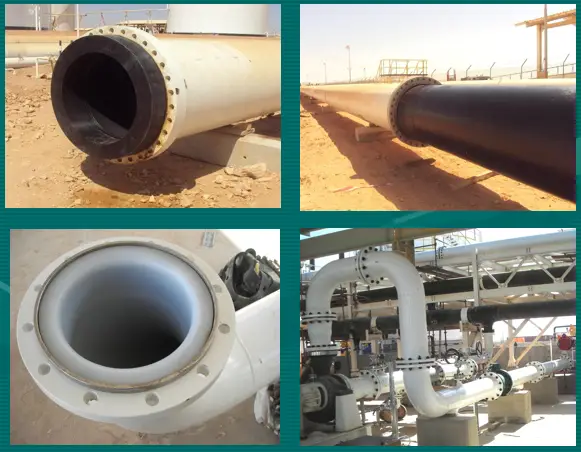
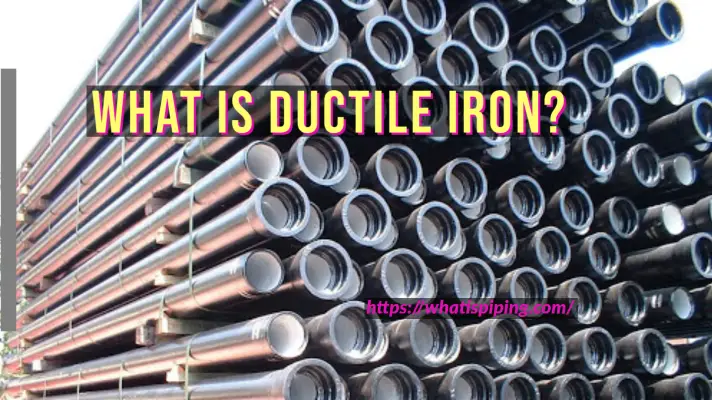
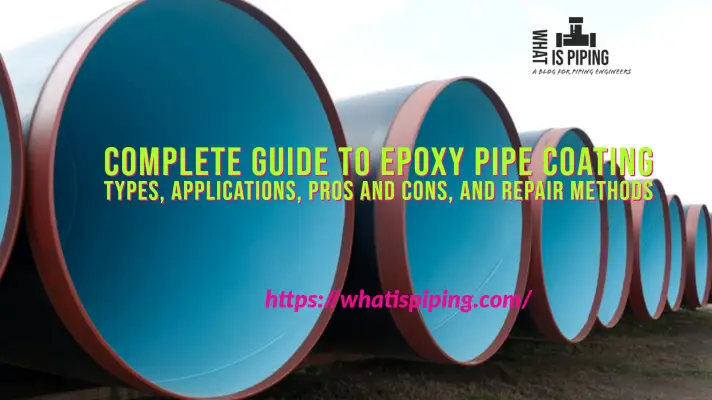
thank you for this article
but can you send me the pdf
or can you help me to download it